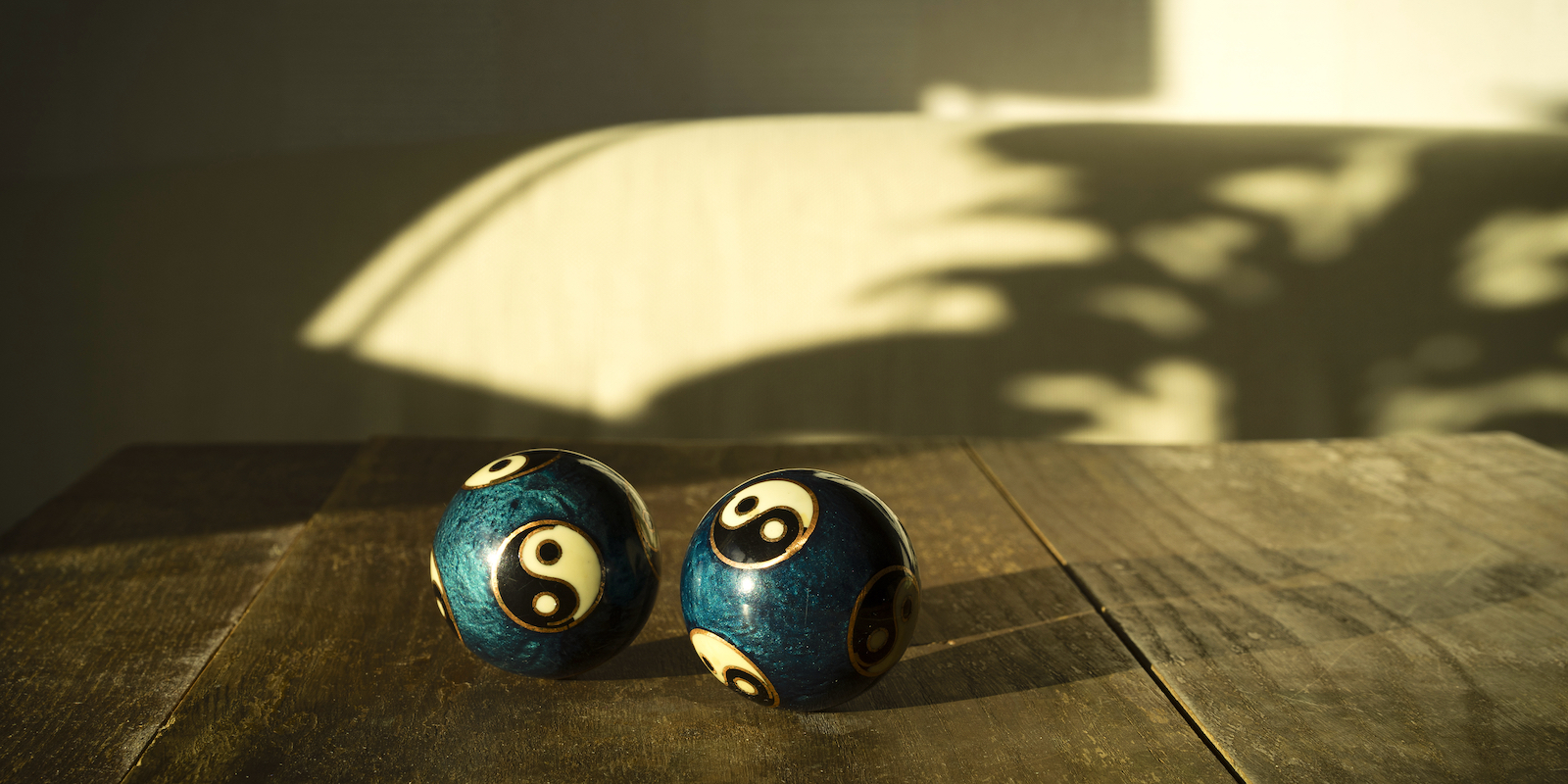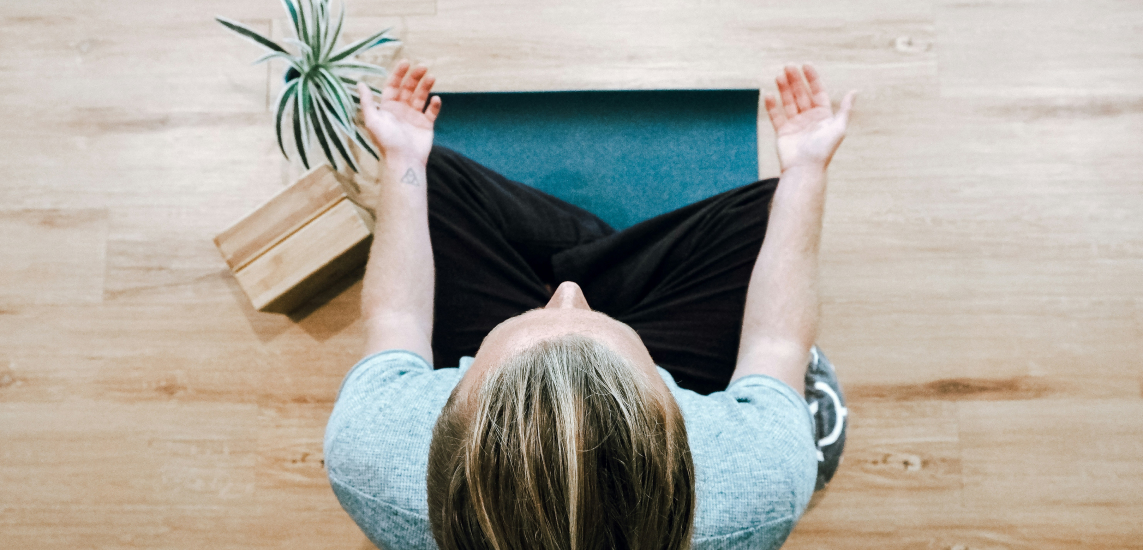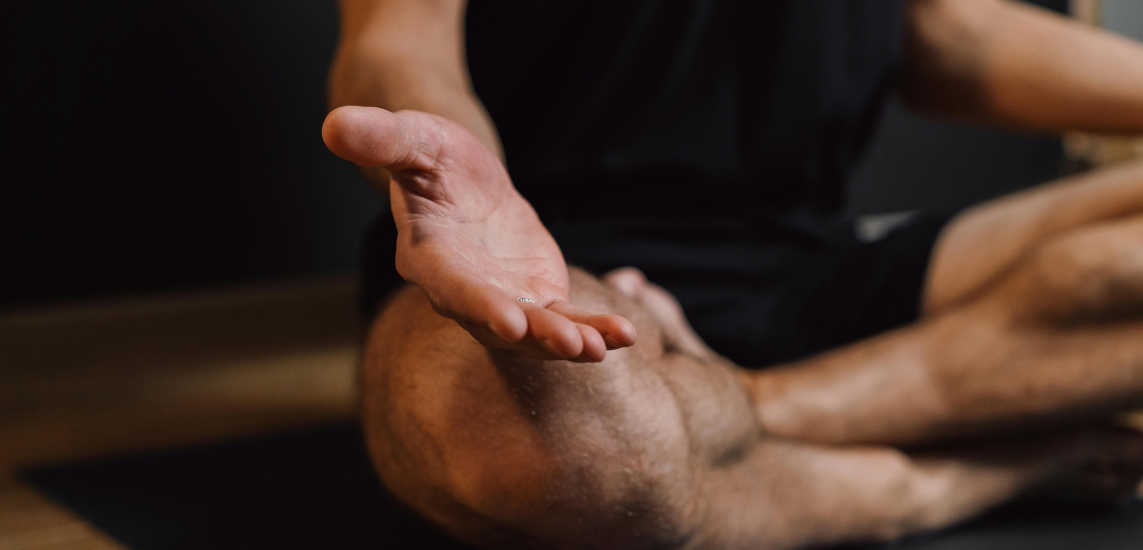From the court of Emperor Qianlong to today’s stress-filled offices, Baoding balls have been captivating wellness tools for centuries. These dexterity balls, renowned for improving hand strength, enhancing fine motor skills, and reducing stress, offer a unique and enjoyable way to reconnect with ancient self-care practices.
Together, we’ll explore the history, benefits, and techniques of Baoding balls. Learn how these ancient marvels can enhance your daily routine, improve your health, and bring peace to your mind.
Key takeaways
- From the Ming Dynasty to today, Baoding balls have served as a powerful tool for stress relief, meditation, and enhancing dexterity.
- Whether made from metal, jade, or stone, each Baoding ball is a work of art, offering different textures and weights for personalized practice.
- These ancient tools improve hand strength and coordination and promote mental clarity and relaxation, tapping into the body’s Chi flow.
- To unlock the full potential of your meditation ball practice, start with basic rotations and advance to more complex movements.
- Incorporate Chinese meditation balls into your mindfulness practice for a unique way to anchor your attention and soothe the mind.
What are Baoding balls?
Baoding balls, also known as Chinese meditation balls, are small balls that are rotated in the hand to aid in meditation, relaxation, and the enhancement of hand dexterity.
First seen in the Ming Dynasty, Baoding balls are still used today for hand physical therapy, stress relief, and relaxation. Their simple, portable design builds hand strength through resistance training and trains the mind to use the hands with agility and patience.
What are Baoding balls made from?
Baoding balls are traditionally made from various materials, including metal, stone, and wood. Classic ones are often stone balls or iron balls and might contain a chime inside that produces a calming sound as you rotate them in your hand.
Nowadays, they’re made from more modern materials like solid chrome, marble, and even jade. Each material offers a different weight and feel, so choose what works best for you.
Curious about the meanings behind different materials? In Traditional Chinese Medicine, each of the five elements — wood, fire, earth, metal, and water — work in unison to balance our health and well-being. Explore the meanings of the metal element and water element in Traditional Chinese Medicine.
Baoding balls: An ancient tool for health & wellbeing
Originating from the northern Chinese city of Baoding in Hebei province, these balls are an ancient innovation first crafted from iron during the Ming Dynasty. Their development was deeply intertwined with the principles of Traditional Chinese Medicine (TCM), a practice that dates back even further than the construction of the Great Wall of China.
Remarkably, Baoding balls have maintained their popularity through the centuries, valued by everyone from common folk to emperors, such as Emperor Qianlong of the Qing Dynasty, who attributed his longevity to his daily practice with these balls.
Baoding balls in Traditional Chinese Medicine
In Traditional Chinese Medicine, Baoding balls are more than just physical tools — they’re believed to enhance vitality and stimulate acupressure points on the palms, like a hand massage. This stimulation is thought to improve the flow of Chi, the vital life energy that moves through the body.
The specific movements involved in Baoding ball exercises — nimble rolling and rotating motions — target the hands and fingers and are also understood to impact broader bodily functions. These activities are believed to balance blood flow and vital energy, extending the benefits throughout your body.
In Hindu, Ayurvedic, and Yogic traditions, Chi is often called prana. Explore what prana is and how you can feel the life force.
How to use Baoding balls: A beginner’s guide
To use Baoding balls, start simple and gradually challenge yourself as you gain confidence. With regular practice, you’ll master these meditation metal balls.
Here’s how to get started:
- Begin with basic rotations: Hold two Baoding balls in one hand and gently rotate them around each other. Push the ball near your pinkie finger upwards and over while moving the other ball downwards along the palm with your thumb.
- Familiarize yourself with the feel: Take time to get used to the weight and sensations of the balls. Different movements produce varying effects, so experiment to find what works best.
- Practice patience: If you drop the balls or find the motion challenging at first, don’t worry. Keep practicing — your hand muscles and brain coordination will improve over time.
- Increase the challenge: As you become more adept, try rotating the balls without letting them touch each other or switch the rotation direction. This requires more concentration, strength, and control.
- Experiment with different balls: Once comfortable, consider using heavier or larger balls or those made from different materials to stimulate the acupressure points on your hands.
As you continue to explore and improve with Baoding balls, you’ll begin to notice enhanced dexterity and a range of health benefits that can transform your daily life.
Go deeper into the practice with Insight Timer’s vast library of guided meditations, enhancing your Baoding ball experience.
The top four benefits of using Baoding balls
Baoding balls offer many advantages for your mind and body. Let’s take a look at the top four benefits.
Enhance hand therapy and dexterity
Baoding balls are excellent for building muscle strength, improving coordination, and increasing flexibility in your fingers, hands, and wrists. Regular practice with these balls leads to better dexterity and can alleviate stiffness — ideal for recovering from hand injuries or helping with carpal tunnel syndrome.
Gain meditative focus during stress
Baoding balls provide a focal point during meditation, helping to center your attention and quiet the mind when stressed. Concentrate on the sensations and movements of the balls — this repetitive action can help you achieve mindfulness, clearing away distractions and promoting a state of calm.
Manage anxiety and depression
The calming activity of rotating Baoding balls can be therapeutic, especially for managing anxiety and depression, studies suggest. The gentle, rhythmic clicking of the balls when they touch can be particularly soothing, helping to regulate breathing and draw your focus away from stressors.
Strengthen your mind-body connection
Regularly using Baoding balls helps engage the brain and strengthen the connection between mind and body. This practice can be particularly beneficial for individuals with autism or ADHD, providing a sensory tool (fidget toys) to aid in self-regulation and ease anxiety.
Each of these benefits contributes to a healthier lifestyle, reinforcing the importance of integrating Baoding balls into your daily routine for more than just physical health.
Other benefits of Baoding balls
As you grow more accustomed to using Baoding balls, you can experience additional benefits that enhance your overall quality of life.
While many of the benefits are based on personal accounts, users of Baoding balls report a variety of improvements, including:
- boosted energy levels
- reduced stress
- relaxed joints and muscles
- improved sleep quality
- enhanced blood circulation
- reduced inflammation
- improved memory and cognitive function
Baoding balls are versatile tools whether you’re a martial artist seeking hand strength, a musician looking to enhance finger dexterity, or an athlete recovering from an injury. They provide a holistic approach to health and well-being that transcends simple physical exercises.
For those interested in deepening their understanding of holistic health practices, consider exploring how related activities, like stretching, can also enhance emotional and spiritual well-being.
Learn how the benefits of stretching go beyond the physical and become an emotional and spiritual practice on its own.
- Balancing Yin & Yang: Bringing Harmony To Your Personality To Relax (Parts Work IFS) Emma Donovan 4:57
- Yin Yang Meditation Nathalie Maginot 19:29
- Yoga Nidra: Find Balance With Yin & Yang Nids Nidra 37:12
Buying your first pair of Baoding balls
When shopping for your first pair of Baoding balls, it’s usually worth spending a little more on a quality pair that is smooth, as close to spherical as possible, and sturdy enough for daily practice. Below are the steps to take when picking out your first pair:
1. Choose the right size for you
When buying your first Baoding balls, it’s a good idea to begin with smaller, lighter balls. As your skill improves, gradually move to larger or heavier ones to continue building strength. Choosing the right size for Baoding balls depends on the comfort and size of your hands:
- If you have smaller hands or are just starting out, you might want to go for smaller balls, around 40mm in diameter. They’re easier to maneuver and won’t strain your hands.
- For those with stronger hands or experience, larger Baoding balls, which can be 60mm or more in diameter, offer a better challenge and more substantial hand workout.
Remember, the key is to ensure that you can comfortably rotate them in your hand without too much strain. It’s all about finding that sweet spot where the size challenges you just enough without causing discomfort.
2. Decide if you want Baoding balls with a chime
Once you’ve determined what size works for your hand, decide whether you’d like a set with a chime inside. Usually, one ball has a higher tone (representing the yang principle) and a lower tone (representing the yin principle). This is why they are sometimes referred to as yin-yang balls.
If you want to use your Baoding balls on public transport, at work, or during meditation, opt for balls without a chime.
To enhance your energetic balance, try these free guided yin and yang meditations on Insight Timer.
3. Select your design and materials
Finally, the most fun part is choosing from a variety of designs and materials like cloisonné, dragon, or phoenix. Be picky and opt for something you love: You’ll be more inspired to practice regularly if you find your new Baoding balls beautiful to look at.
FAQs about Chinese Baoding balls
Why do Baoding balls have chimes?
The chimes inside some Baoding balls add an auditory aspect to the experience. As you rotate them, they produce a gentle, soothing sound. This sound can enhance the calming effect, helping to focus your mind and improve concentration.
What does Baoding mean in Chinese?
“Baoding” refers to a city in the Hebei province of China. In the context of Baoding balls, it’s simply associating these health balls with their place of origin. The name itself doesn’t describe the balls’ function or purpose.
What are some other names for Baoding balls?
Baoding balls are also referred to as harmony balls, worry balls, therapy balls, yin-yang balls, medicine balls, relaxation balls, or Chinese meditation balls.
What are alternatives to Baoding balls?
If Baoding balls aren’t your thing, there are plenty of alternatives for stress relief and hand dexterity! Stress balls made of rubber or foam, hand exercisers, fidget spinners, and even putty or slime can provide similar benefits. Each has a unique feel, so there’s something out there for everyone.
References
BaodingBalls.com. (2019, March 29). History and types of baoding balls – BaodingBalls.com. https://www.baodingballs.com/history-and-types-of-baoding-balls/
BaodingBalls.com. (2019, March 29). Healing philosophy of Chinese health balls – BaodingBalls.com. https://www.baodingballs.com/healing-philosophy-of-chinese-health-balls/
Ozen, N., Berse, S., & Tosun, B. (2023). Effects of using a stress ball on anxiety and depression in patients undergoing hemodialysis: A prospective, balanced, single-blind, crossover study. Hemodialysis international. International Symposium on Home Hemodialysis, 27(4), 411–418. https://doi.org/10.1111/hdi.13102
Otr/L, C. K. M. (2024, February 19). The best fidget toys to relieve stress and anxiety. Autism Parenting Magazine. https://www.autismparentingmagazine.com/fidget-toys-to-relieve-stress-anxiety/#:~:text=Fidgets%20are%20especially%20useful%20in,as%20extreme%20anger%20or%20frustration
Kasar, K. S., Erzincanli, S., & Akbas, N. T. (2020). The effect of a stress ball on stress, vital signs and patient comfort in hemodialysis patients: A randomized controlled trial. Complementary Therapies in Clinical Practice, 41, 101243. https://doi.org/10.1016/j.ctcp.2020.101243
Ranganathan, V. K., Siemionow, V., Sahgal, V., Liu, J. Z., & Yue, G. H. (2001). Skilled Finger Movement Exercise Improves Hand Function. The Journals of Gerontology: Series A, Volume 56, Issue 8, Pages M518–M522, https://doi.org/10.1093/gerona/56.8.M518
Cartwright, M., & Carter, D. (2023). Yin and Yang. World History Encyclopedia. https://www.worldhistory.org/Yin_and_Yang/
Dictionary.com | Meanings & Definitions of English Words. (n.d.). In Dictionary.com. https://www.dictionary.com/browse/baoding
Disclaimer: This article is for information only and should not be considered as medical advice. If you have concerns about anxiety or any other conditions mentioned in this article, please seek a medical professional for help.



-1.jpg)



